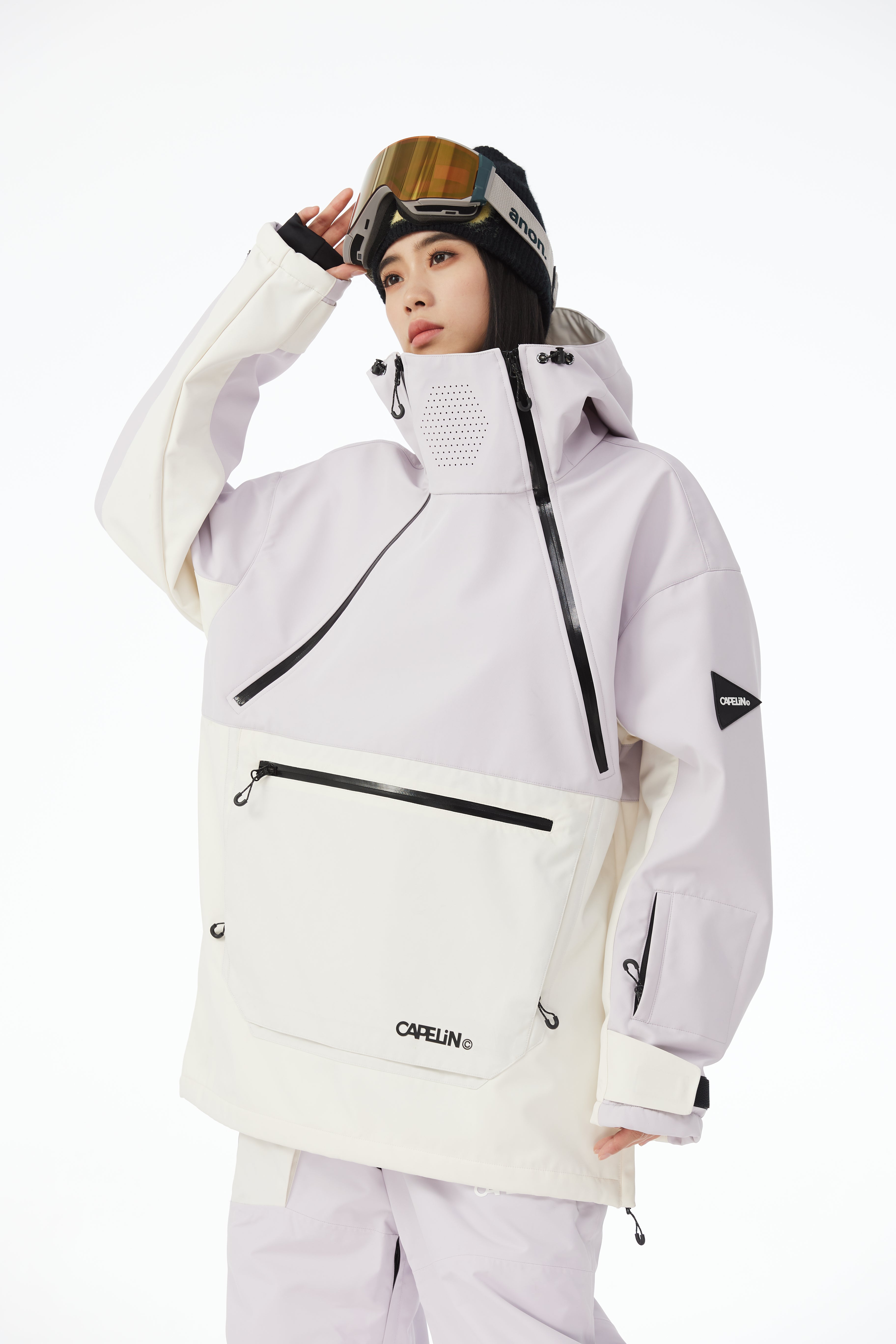Introduction
Snowboarding is thrilling, but it comes with unique risks. From minor falls to serious avalanche incidents, understanding potential dangers and being prepared is crucial. This guide systematically covers all aspects of snowboarding safety, helping you get fully ready, from your gear and knowledge to emergency response.
Contents
● What problems might we encounter while snowboarding?
● What protective snowboard gear is needed?
● What safety rules should be followed?
● How to handle emergencies?
What problems might we encounter while snowboarding?

The mountain environment is complex and changeable, presenting various challenges:
● Environmental Risks: These include avalanches, sudden weather changes (like snowstorms and fog), frostbite and hypothermia from low temperatures, and getting lost in complex terrain.
● Physical Injuries: The most common are sprains, fractures (especially in wrists and ankles), and head impacts from falls. Muscle strains and exhaustion are also very frequent.
● Human Factors: Collisions with other skiers/riders or fixed objects are among the most common accidents on the slopes. Furthermore, improper equipment, such as incorrectly set bindings, can significantly increase the risk of injury.
What protective snowboard gear is needed?

Snowboarding is an exhilarating sport, but having the right safety equipment is fundamental to fully enjoying this activity. In addition to the "big three" - the snowboard, bindings, and helmet - the following protective gear is equally indispensable:
Head Protection Series
● Ski Helmet: Modern professional ski helmets not only provide head protection but are also specially designed with ventilation ports and ear insulation liners. Models with MIPS protection systems are recommended, as they effectively reduce rotational impacts during collisions.
● Ski Goggles: Professional ski goggles should feature anti-fog, UV protection, and impact resistance. Different lens light transmission rates suit various weather conditions: high transmittance for night skiing, low transmittance for sunny days, while photochromic lenses automatically adapt to changing light conditions.
Upper Body Protection Equipment
● Snow Jacket: High-quality ski jackets use professional waterproof fabrics with a waterproof rating of at least 10,000mm. Details like underarm ventilation zippers, snow skirts, and multi-functional pockets enhance the user experience.
● Mid-Layer: Depending on temperature, choose between fleece or down jackets as intermediate layers. New synthetic insulation materials maintain warmth even in damp conditions.
● Base Layer: Moisture-wicking keep the body dry, preventing heat loss caused by sweat evaporation.
Lower Body Protection Equipment
● Snow Pants: The waterproof performance of professional ski pants should match that of the jacket. Abrasion-resistant designs at the cuffs and built-in gaiters effectively prevent snow ingress.
● Snow Bibs: This design completely prevents snow from entering at the waist, especially suitable for enthusiasts who enjoy riding in powder snow. New bibs use elastic fabrics for greater freedom of movement.
Accessory Equipment
● Ski Gloves: Fully waterproof gloves should be selected, preferably with removable inner insulation for easy drying. Extended wrist designs prevent snow from entering through the cuffs.
● Ski Socks: Professional ski socks should feature reinforced protection at the calves, cushioned soles, and good moisture-wicking properties.
● Protective Gear: Protective equipment for wrists, knees, and hips is recommended, being particularly crucial for beginners.
● Ski Mask: Beyond basic protection, new fabrics incorporate antimicrobial treatments to ensure wearing comfort.
Professional Safety Equipment
● Ski Boots: Properly fitting ski boots should be snug but not tight, allowing slight toe movement. New technologies like heat molding provide personalized fit.
● Avalanche Safety Trilogy: When venturing off-piste, avalanche transceivers, probe poles, and shovels are essential equipment.
When selecting equipment, it's advisable to follow the layering principle and make appropriate adjustments based on the day's specific snow conditions and weather forecast. Each piece of equipment should be carefully tried and tested to ensure both safety and comfortable sporting experience. Remember, quality investment is the best guarantee of safety.
What safety rules should be followed?

Knowledge is more important than courage. Adhering to the following rules can greatly enhance safety for you and others:
● The Primary Rule: Always Stay in Control. You must be able to stop or avoid any person or obstacle at any time.
● Understand the Right of Way: The downhill skier or rider ahead of you has the right of way. It is your responsibility to avoid them.
● Stop and Look at Trail Entries and Merges: Before starting down a run or crossing into a new trail, you must stop at the top and look to ensure the path is clear below.
● Travel Safely as a Group: Make a plan with your partners, keep each other within sight, and only allow one person at a time to traverse potentially hazardous areas.
How to handle emergencies?
Staying calm and responding correctly is key to managing a crisis.
● If You Are Injured: If possible, move to the side of the trail. Give a clear visual signal for help (e.g., crossing your skis or poles above your head). Contact ski patrol or ask another skier/rider to get help.
● If a Companion is Caught in an Avalanche: Immediately mark and mentally note the last spot you saw them. All members of the group should switch their beacons to search mode and begin a systematic grid search. Once located, use a probe to pinpoint the exact position and shovel vigorously and quickly. Remember, the first few minutes are the golden window for rescue.
● Offering Help: If you come across an accident, you should offer assistance if it is safe for you to do so.
Conclusion
Snowboarding safety is a complete system, from the inside out. It starts with every piece of snowboard gear you choose—from the helmet protecting your head to the snow suits keeping you dry. It relies on the code of conduct you follow every moment on the mountain. Ultimately, it is demonstrated through calm and correct responses when faced with the unexpected. By preparing in this comprehensive way, you can truly enjoy the pure joy that snowboarding offers.











